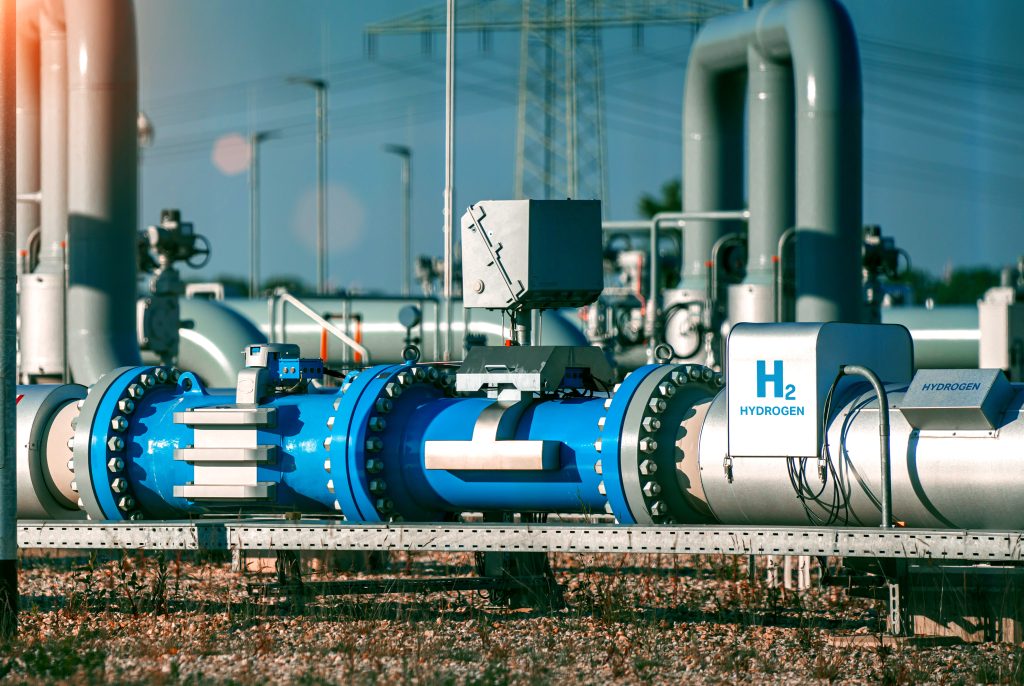
Article
How to select the right hydrogen detection technologies
Hydrogen is a versatile and promising energy source, but its safe use requires reliable detection technologies.
READ NOW
Article
Crowcon at ahr 2025
Kicking off our 2025 events, Crowcon will be exhibiting at the AHR Expo from 10 – 12 February.
READ NOW
Article
CROWCON At HIL Hydrogen industry 2024
Crowcon will be continuing their participation in Hydrogen Industry Leaders later this month, when we will be the headline sponsor…
READ NOW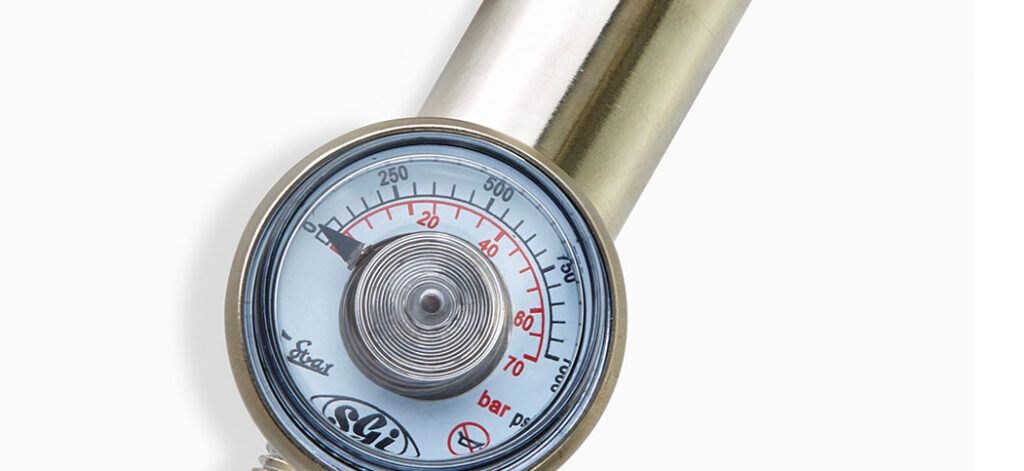
Article
A Quick Guide To Bump Testing
Following manufacturer instructions is essential for detector units. The bump test ensures the unit alarms correctly and displays accurate gas…
READ NOW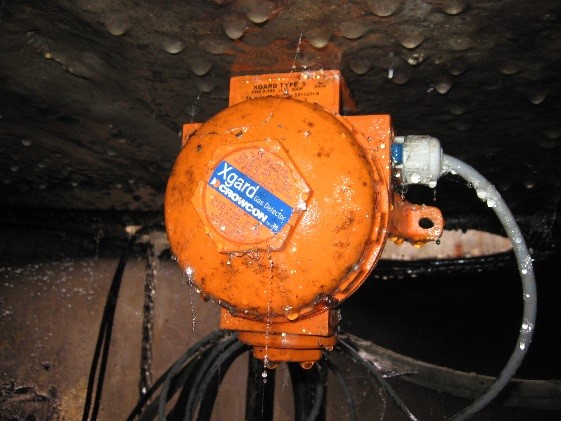
Article
Fixed Systems Installation
Gas detector placement follows general guidelines rather than specific standards. Proper location and sensor choice are crucial for effective detection…
READ NOW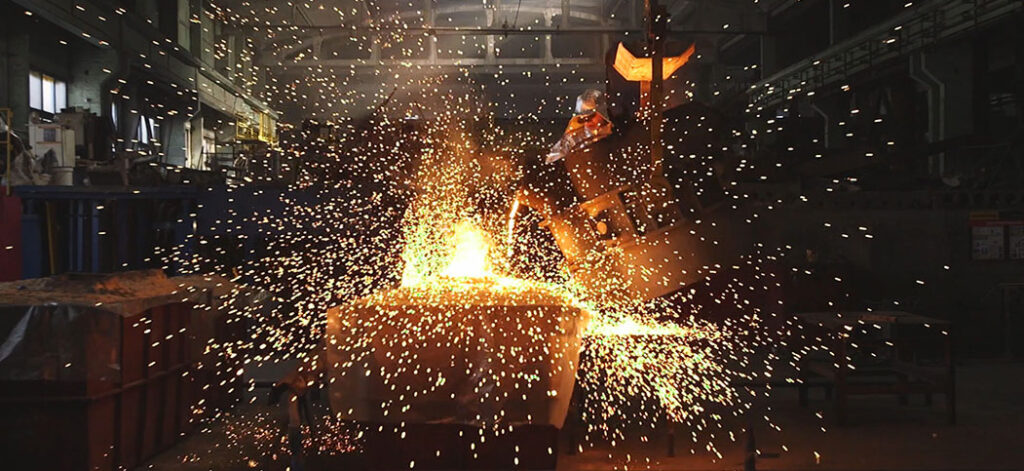
Article
Mitigate the health risks of welding
Welding is a very energetic process that produces a range of compounds, many of which are extremely harmful, such as…
READ NOW
Article
Approvals for hazardous areas
Ensuring safety in environments with hazardous gases or dusts is crucial. Proper approvals and equipment certifications are required to mitigate…
READ NOW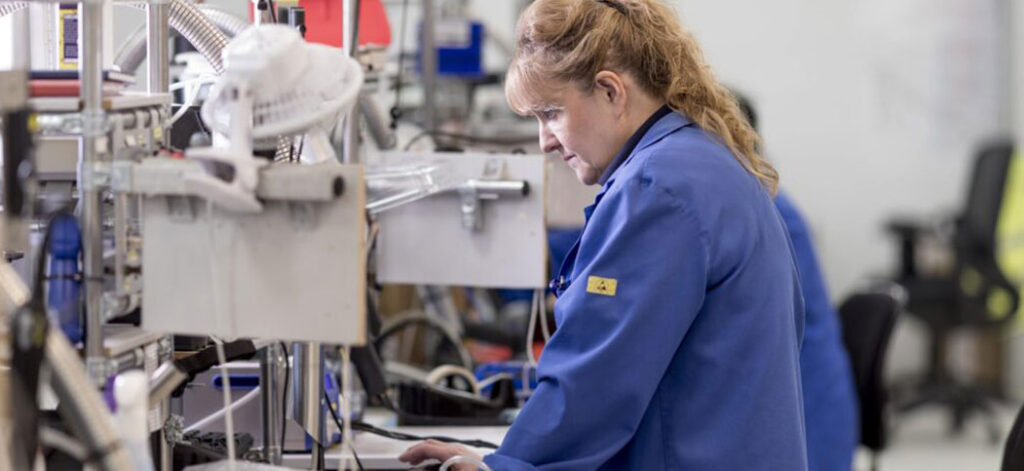
Article
Calibration: What are the basics?
Proper calibration of gas detectors ensures they accurately alert users to gas hazards. Calibration adjusts the detector’s readings to match…
READ NOW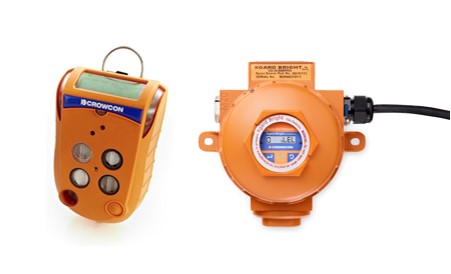
Article
Gas detectors: fixed versus portable
Gas detectors come in portable and fixed formats. Choosing the right type depends on factors like gas type, hazard duration,…
READ NOW
Article
Combustion of Gases and Vapours
Organic chemical compounds, especially hydrocarbons, are flammable. They react with oxygen to produce heat through combustion.
READ NOW
Article
What is LEL?
The Lower Explosive Limit (LEL) defines the minimum concentration of a gas or vapour in the air that can ignite…
READ NOW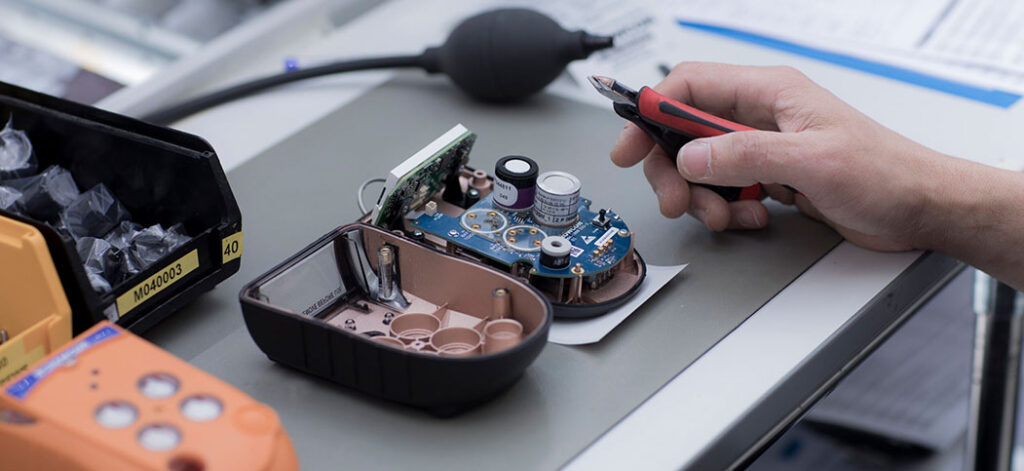
Article
The Basics of Gas Detection
Gas detection technology has evolved significantly, from early canaries to modern, advanced equipment, enhancing worker safety with continuous and precise…
READ NOWWant to hear from an expert?
Whether you’re looking for expert insights for research purposes, or want to speak to a member of the team for a feature, our marketing team is happy to help. Please leave the details of your enquiry here and we’ll get in touch as soon as possible.
Read about Crowcon ‘s Privacy and Cookie policy here. If you change your mind, you can unsubscribe at any time








